Tooth bonding is a practical and cost-effective dental procedure that improves the appearance of your teeth. This method, involving a tooth-colored composite resin, is used to fix chips, discoloration, and irregularities in teeth. It’s known for its simplicity and quick results, making it a popular choice in cosmetic dentistry.
In this article, you’ll get detailed information about tooth bonding. We will explain what it is, its benefits, the procedure itself, and how to care for your teeth afterward. You’ll also learn how it compares to other dental treatments, helping you decide if it’s the right option for you.
Many people feel self-conscious about their smiles due to minor dental imperfections. Tooth bonding can be a straightforward solution to these issues. This article aims to provide clear, helpful information about tooth bonding, showing you how it can improve your smile and boost your confidence. With easy-to-understand explanations, we’ll guide you through everything you need to know about this dental procedure.
Key Takeaways
- Tooth bonding quickly improves the appearance of teeth by fixing chips and discoloration in one dental visit.
- The composite resin used in tooth bonding is matched to the color of your teeth for a natural look.
- Besides improving appearance, bonding can repair minor tooth damage and decay, aiding aesthetics and dental health.
- Caring for bonded teeth is straightforward, involving regular brushing, flossing, and avoiding hard or staining foods.
- Tooth bonding is ideal for those needing minor cosmetic fixes and who have overall good dental health, but it’s not suited for major dental issues.
Understanding Tooth Bonding
Tooth bonding is a cosmetic dental procedure that repairs and improves the look of your teeth using a material called composite resin. This resin is a durable, plastic-like substance that can be shaped and polished to match the natural appearance of your teeth. The tooth bonding process is primarily used to address issues like chipped or cracked teeth, gaps between teeth, or teeth that are discolored or oddly shaped teeth.
The Bonding Process
A dentist applies the composite resin directly onto the affected tooth during the procedure. This resin is then molded to the desired shape and hardened with a special light. The final step involves polishing the resin to blend seamlessly with the rest of the tooth, creating a natural and improved appearance.
How Is It Different from Other Dental Procedures?
Unlike invasive procedures such as veneers or crowns, tooth bonding doesn’t require significant alteration. It’s a minimally invasive treatment that involves less discomfort and a shorter recovery time. This makes tooth bonding an appealing option for those looking to make cosmetic improvements to their teeth without the need for extensive dental work.
Tooth bonding is an effective way to deal with dental concerns, balancing cost, convenience, and aesthetic results. Whether it’s for fixing a minor chip or altering the shape of a tooth, this procedure can significantly enhance the appearance of your smile in a single visit.
Benefits of Tooth Bonding
Tooth bonding is not just a popular cosmetic dental procedure; it offers several tangible benefits, making it a preferred choice for patients looking to enhance their smile. This method combines ease, affordability, and effectiveness, addressing different dental concerns.
Aesthetic Improvements
Tooth bonding excels in providing a natural appearance thanks to the composite resin skillfully matching your teeth’ color. This ensures a seamless blend with your natural teeth, making the bonding virtually undetectable. It’s a versatile solution, capable of correcting various aesthetic issues like chips, cracks, gaps, and discoloration. One of the most appealing aspects of tooth bonding is the immediacy of its results. Unlike other dental procedures that might require multiple sessions, bonding allows you to see the transformation of your smile in just one visit.
Functional Benefits
Beyond its aesthetic appeal, tooth bonding also offers significant functional benefits. It can repair decayed or damaged teeth, restoring their functionality. This is particularly beneficial for those who have minor structural damage to their teeth. Additionally, tooth bonding can provide a protective layer over exposed roots or damaged enamel, helping to prevent further wear and reducing sensitivity. This dual benefit of aesthetic improvement and functional restoration makes tooth bonding a comprehensive dental solution.
Tooth bonding is a standout option in cosmetic dentistry, offering a balance of aesthetic enhancement, functional restoration, and cost-effectiveness. Its minimally invasive nature and the convenience of a single-visit procedure make it an appealing choice for those seeking quick and effective dental improvements.
Other Advantages of Tooth Bonding
Apart from the aesthetic and functional benefits, tooth bonding has several other advantages that contribute to its popularity in cosmetic dentistry.
Minimally Invasive
One of the most significant advantages is the minimally invasive nature of the procedure. Unlike more extensive treatments like veneers or crowns, tooth bonding typically involves very little alteration of the natural tooth structure. This aspect particularly appeals to those who prefer maintaining as much of their natural tooth as possible while still achieving significant cosmetic improvements.
Convenience and speed
Tooth bonding can usually be completed in just one dental visit, making it a time-efficient choice for patients with busy schedules. This striking contrasts with other cosmetic procedures that might require multiple appointments and a longer treatment timeline. Additionally, tooth bonding does not usually require anesthesia, which is an important consideration for those anxious about dental procedures or wish to avoid the recovery time associated with anesthetics.
Cost-effective
Cost is another area where tooth bonding stands out. It is generally more affordable than other cosmetic dental treatments, making it an accessible option for a broader range of budgets. This cost-effectiveness does not compromise the quality of the results, making tooth bonding a valuable choice for those seeking a balance between affordability and effectiveness.

The Tooth Bonding Procedure
The process of tooth bonding is straightforward and involves several steps, each designed to ensure the best possible result for improving the appearance of your teeth. From preparation to the final touches, each stage of the procedure is carried out with precision and care, ensuring that the finished result looks good and feels right.
Preparation
The first step in tooth bonding is preparing the tooth. This usually involves cleaning the tooth and then slightly roughening its surface. This roughening is important as it helps the bonding material adhere better to the tooth. In most cases, this process is painless and doesn’t require anesthesia, although it may be used in certain situations, like if the tooth is particularly sensitive.
Application and Shaping
Once the tooth is prepared, the dentist will apply the composite resin. This resin is a pliable material that can be shaped and molded to fit the contours of your tooth perfectly. The dentist will ensure that the resin is applied in a way that corrects the imperfection, whether it’s a chip, gap, or discoloration. The shaping process is crucial as it determines the final appearance and feel of the tooth.
Curing and Polishing
After the resin is appropriately shaped, it’s hardened using a special curing light. This light triggers a chemical reaction in the resin, causing it to set and bond firmly to the tooth. Once the resin is hardened, the dentist will polish the bonded area. This polishing not only enhances the appearance of the bonding but also ensures that the texture matches that of your natural teeth, making the bonding less noticeable.
The tooth bonding procedure is typically completed within one dental visit, lasting 30 minutes to an hour per tooth. It’s a blend of art and dental science, requiring skill and attention to detail to achieve a result that looks good, feels natural, and lasts long.
Further reading: Does Tooth Bonding Hurt?
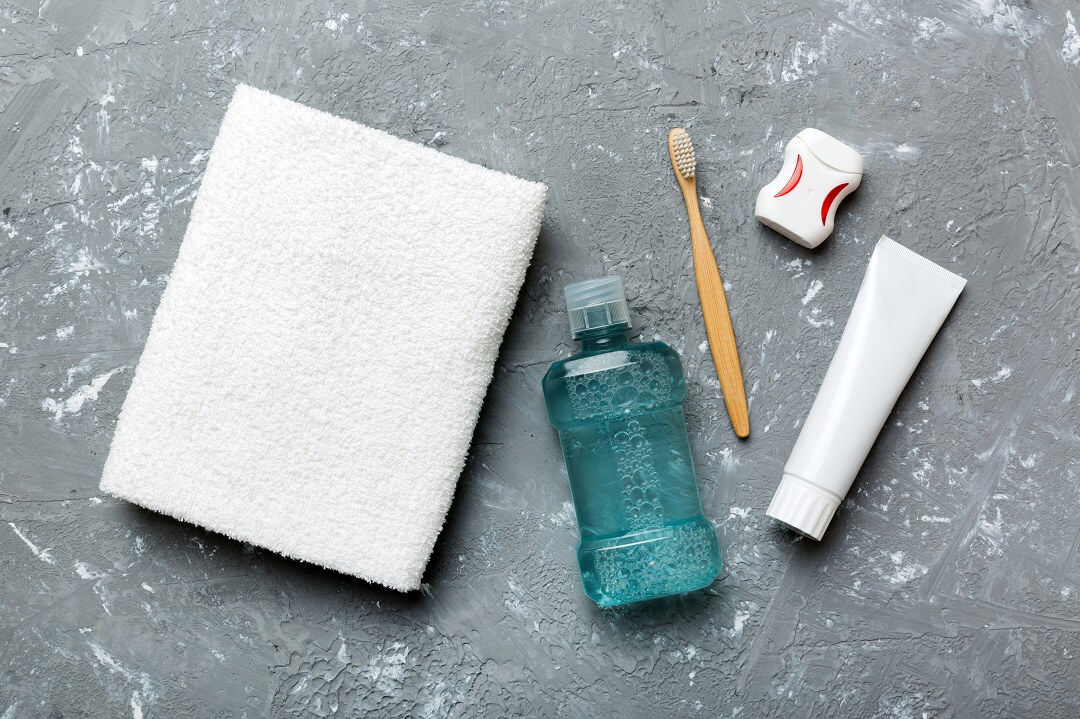
Care and Maintenance of Bonded Teeth
Once your teeth have been bonded, it’s important to take proper care of them to ensure the longevity and appearance of the bonding. Good maintenance not only helps in preserving the look but also contributes to overall dental health. Here are some key tips to keep in mind for the care and maintenance of bonded teeth:
-
- Regular Oral Hygiene: Just like your natural teeth, bonded teeth require regular brushing and flossing. This helps to prevent plaque buildup and maintains the health of your gums and teeth.
- Avoiding Certain Foods and Habits: It’s advisable to avoid habits that can damage the bonding, such as biting nails, chewing on pens, or eating hard foods like ice or hard candy. These actions can potentially chip the bonding material.
- Limiting Stain-Causing Substances: Be mindful of consuming foods and drinks that can stain your teeth, such as coffee, tea, red wine, and tobacco products. The resin used in bonding is susceptible to staining over time.
- Regular Dental Checkups: Regular visits to your dentist are crucial. These checkups allow for monitoring the bonded teeth and provide an opportunity for professional cleaning, which can help maintain the bonding’s appearance.
- Immediate Attention to Chips or Breaks: If you notice any chips or breaks in the bonding, it’s important to contact your dentist immediately. Prompt attention can prevent further damage and ensure timely repairs.
By following these care and maintenance tips, you can help extend the life of your tooth bonding and enjoy a beautiful, healthy smile for years.
Further Reading: How Long Does Tooth Bonding Last?
Who is a Good Candidate for Tooth Bonding?
Determining if you are a suitable candidate for tooth bonding largely depends on your specific dental needs and the condition of your teeth. Generally, tooth bonding is ideal for individuals looking to make minor cosmetic changes or repairs to their teeth. Here are some factors that can make you a good candidate for this procedure:
-
- Minor Cosmetic Corrections: If you have small cosmetic issues like chipped, cracked, or slightly misaligned teeth, tooth bonding can be an effective solution. It’s particularly useful for minor imperfections that don’t require more extensive procedures like crowns or veneers.
- Teeth with Minor Decay: Bonding can be used to fill small cavities or areas of tooth decay. However, it’s not suitable for teeth with extensive decay or structural damage.
- Good Oral Health: Ideal candidates for tooth bonding should have overall good oral health. This means healthy gums and teeth, with no active gum disease or severe tooth decay.
- Commitment to Oral Hygiene: Since bonded teeth can stain over time, candidates should maintain good oral hygiene and regular dental visits. This commitment helps prolong the effectiveness and appearance of the bonding.
- Realistic Expectations: Candidates need to have realistic expectations about the results of tooth bonding. While it can significantly improve the appearance of your teeth, it might not solve more complex dental issues.
If you’re considering tooth bonding, the best step is to consult with your dentist. They can assess your needs and determine if tooth bonding is the most suitable option.
Comparison with Other Cosmetic Dental Procedures
Tooth bonding is one option among several in the field of cosmetic dentistry, each with its unique features and benefits. Understanding how tooth bonding compares with other procedures can help you make an informed decision about the best treatment for your needs.
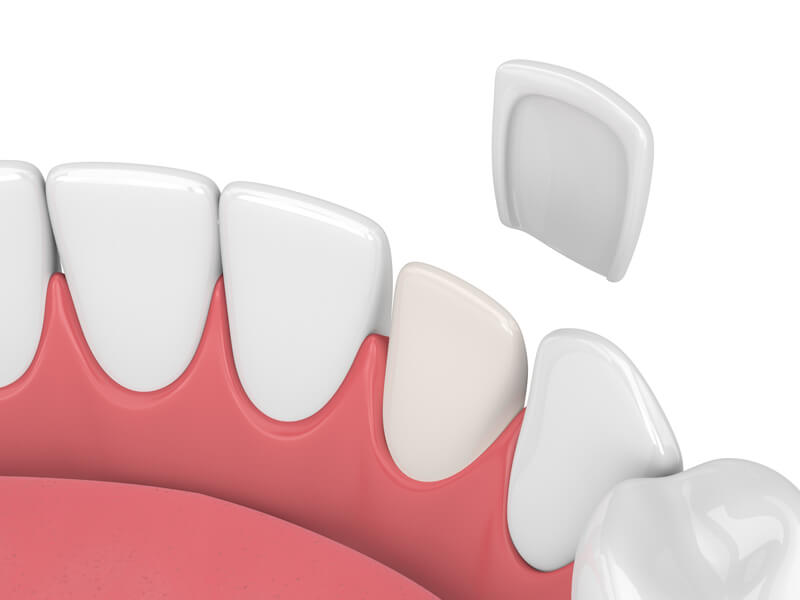
Veneers
Veneers are thin shells of porcelain or composite material bonded to the teeth’ front surface. Unlike tooth bonding, which adds material to the existing tooth structure, veneers often require removing a small amount of tooth enamel for placement. Veneers are more durable and resistant to staining than bonding, but they are also more expensive and typically require multiple dental visits.
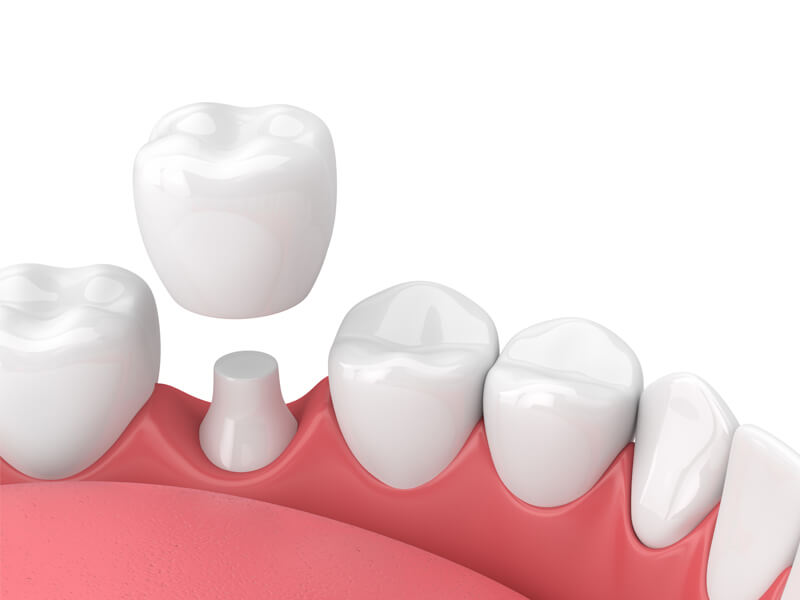
Dental Crowns
Crowns are used to entirely cover or “cap” a damaged tooth or a dental implant. Crowns are more suitable than bonding for teeth that require significant structural repair or have undergone root canal treatment. They are stronger and more durable but also involve a more invasive procedure and higher costs.

Teeth Whitening
Teeth whitening is a cosmetic procedure focused solely on improving the color of teeth. It does not repair or change the shape of teeth as bonding does. Whitening can be a complementary procedure to bonding, especially if you want to enhance your smile’s overall brightness.
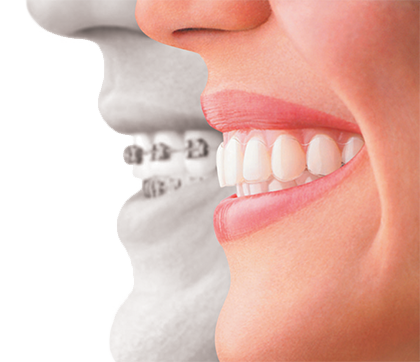
Orthodontic Treatments
These treatments, including braces and clear aligners, are designed to correct misalignment of teeth and bite issues. While tooth bonding can address minor gaps or alignment issues, orthodontic treatments are necessary for more significant corrections.
Each of these procedures has its place in cosmetic dentistry, and the best choice depends on various factors, including the condition of your teeth, your cosmetic goals, and budget considerations. Discussing these options with your dentist will provide the information needed to choose the right procedure for your situation.
Wrapping It Up: Embracing a Brighter Smile with Tooth Bonding
In conclusion, tooth bonding presents a practical and effective solution for those looking to enhance their smile with minimal fuss. This procedure stands out for quickly addressing common dental imperfections, offering a blend of aesthetic appeal and functional repair. With its natural-looking results and straightforward maintenance, tooth bonding is an accessible option for many, promising a boost in confidence and oral health.
Whether you’re considering tooth bonding to repair a minor chip or brighten your smile, this treatment is worth discussing with your dentist. It might just be the key to achieving that picture-perfect smile you’ve been dreaming of without the need for more invasive or expensive dental procedures. Remember, a beautiful smile is not just about looks; it’s about feeling confident and happy with your appearance. Tooth bonding can be a step towards that goal, bringing out the best in your smile.
Ready for a Radiant Smile?
Are you considering tooth bonding to enhance your smile? Soundview Family Dental is here to guide you through the process. Our expert team is dedicated to helping you achieve the beautiful, healthy smile you deserve.
Don’t let minor dental imperfections hold you back any longer. Call us at (425) 563-6360 or contact us today to schedule a consultation and take the first step towards a brighter, more confident you.
With Soundview Family Dental, your dream smile is within reach!
